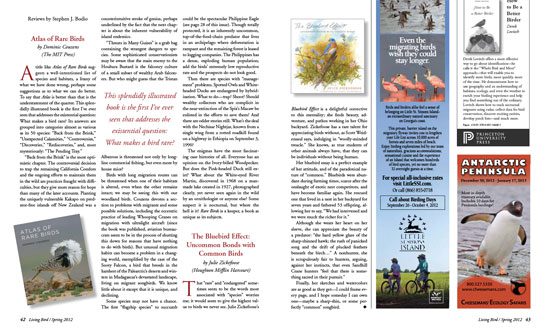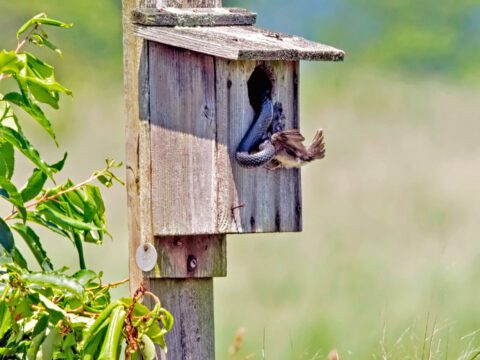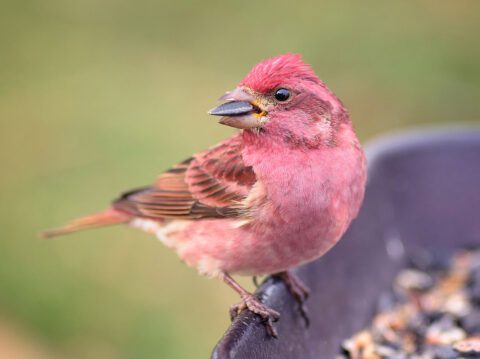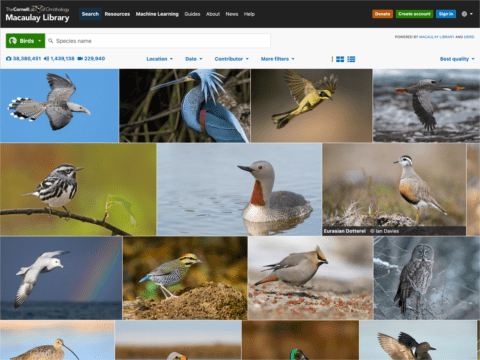Book Review: Atlas of Rare Birds, by Dominic Couzens
Reviewed by Stephen J. Bodio
April 15, 2012
A title like Atlas of Rare Birds suggests a well-intentioned list of species and habitats, a litany of what we have done wrong, perhaps some suggestions as to what we can do better. To say that Atlas is better than that is the understatement of the quarter. This splendidly illustrated book is the first I’ve ever seen that addresses the existential question: What makes a bird rare? Its answers are grouped into categories almost as various as its 50 species: “Back from the Brink,” “Unexpected Calamities,” “Controversies,” “Discoveries,” “Rediscoveries,” and, most mysteriously: “The Pending Tray.”
“Back from the Brink” is the most optimistic chapter. The controversial decision to trap the remaining California Condors and the ongoing efforts to maintain them in the wild are practices fraught with difficulties, but they give more reason for hope than many of the later accounts. Planting the uniquely vulnerable Kakapo on predator-free islands off New Zealand was a counterintuitive stroke of genius, perhaps underlined by the fact that the next chapter is about the inherent vulnerability of island endemics.
“Threats in Many Guises” is a grab bag containing the strangest dangers to species. Some sophisticated conservationists may be aware that the main enemy to the Houbara Bustard is the falconry culture of a small subset of wealthy Arab falconers. But who might guess that the Tristan Albatross is threatened not only by long-line commercial fishing, but even more by house mice?
Birds with long migration routes can be threatened when one of their habitats is altered, even when the other remains intact; we may be seeing this with our woodland birds. Couzens devotes a section to problems with migrants and some possible solutions, including the eccentric practice of leading Whooping Cranes on migration with ultralight aircraft (since the book was published, aviation bureaucrats seem to be in the process of shutting this down for reasons that have nothing to do with birds). But unusual migration habits can become a problem in a changing world, exemplified by the case of the Sooty Falcon, a bird that breeds in the harshest of the Palearctic’s deserts and winters in Madagascar’s devastated landscape, living on migrant songbirds. We know little about it except that it is unique, and declining.
Some species may not have a chance. The first “flagship species” to succumb could be the spectacular Philippine Eagle (see “Last Chance for the World’s Rarest Eagle” in this issue). Though totally protected, it is an inherently uncommon, top-of-the-food-chain predator that lives in an archipelago where deforestation is rampant and the remaining forest is leased to logging companies. The Philippines has a dense, exploding human population; add the birds’ extremely low reproductive rate and the prospects do not look good.
Then there are species with “management” problems. Spotted Owls and White-headed Ducks are endangered by hybridization. What to do—trap? Shoot? Should wealthy collectors who are complicit in the near-extinction of the Spix’s Macaw be enlisted in the efforts to save them? And there are odder stories still. What’s the deal with the Nechisar Nightjar, known from a single wing from a rotted roadkill found on a highway in Ethiopia on September 3, 1990?
The enigmas have the most fascinating case histories of all. Everyone has an opinion on the Ivory-billed Woodpecker. But does the Pink-headed Duck still exist? What about the White-eyed River Martin, discovered in 1968 on a man-made lake created in 1927, photographed clearly, yet never seen again in the wild by an ornithologist or anyone else? Some suspect it is nocturnal, but where the hell is it?Rare Birds is a keeper, a book as unique as its subjects.

All About Birds
is a free resource
Available for everyone,
funded by donors like you
American Kestrel by Blair Dudeck / Macaulay Library






